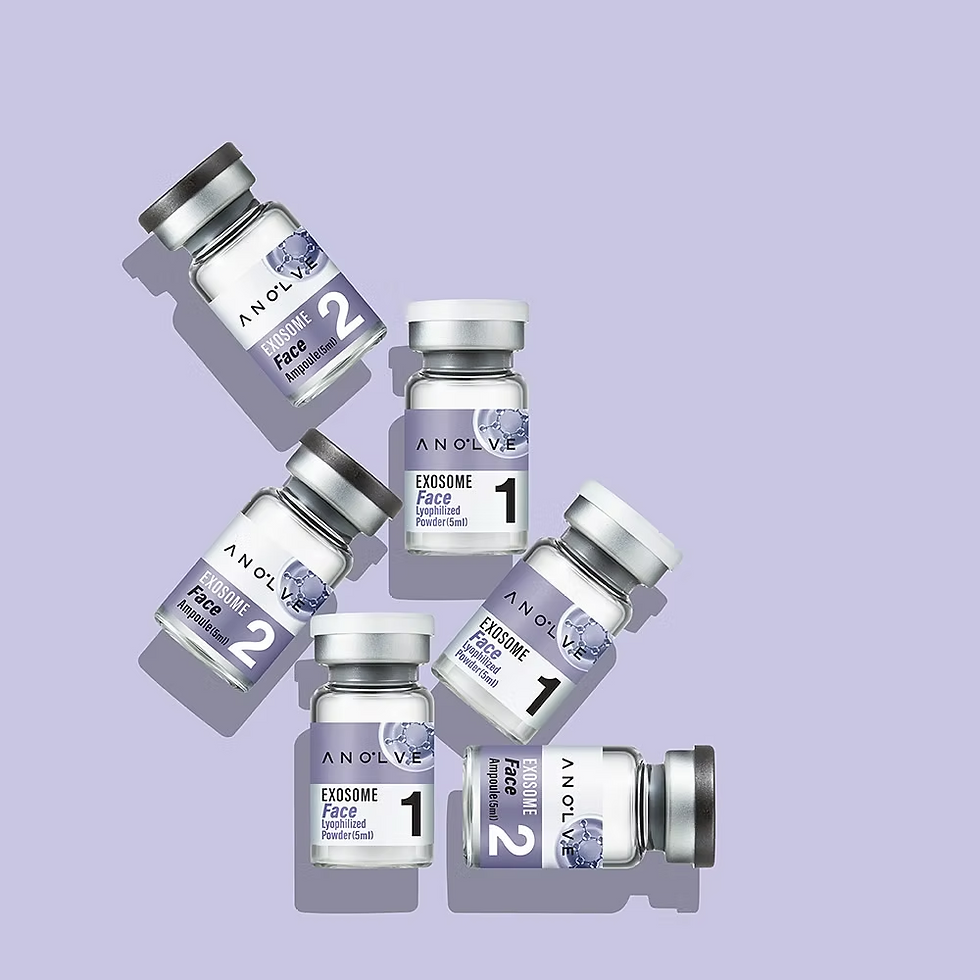Are Thread Lifts Safe? Understanding the Risks and Rewards
- Jay Yoon 2
- May 8, 2024
- 3 min read
In the quest for youthful appearance, thread lifts have emerged as a popular alternative to traditional facelift surgery. This minimally invasive procedure aims to lift and sculpt the face by inserting temporary, absorbable threads under the skin. However, as with any cosmetic procedure, questions about safety and potential risks, such as nerve damage, are paramount in the minds of those considering this treatment. Let's delve into the details of thread lifts, examining their safety and the possibility of nerve damage, among other concerns.
Thread Lifts JY Solution
What are Thread Lifts?
Thread lifts are a cosmetic procedure designed to offer a less invasive alternative to conventional facelifts. During the process, medical-grade threads are inserted into the face, neck, or jowls, using tiny needles. These threads grab onto the skin and pull it tight, aiming to lift and tighten sagging skin. The threads are made from materials that dissolve over time, encouraging collagen production in the treated areas, which contributes to a more youthful and refreshed appearance.
Thread Lifts JY Solution
The Safety of Thread Lifts
When performed by a qualified and experienced professional, thread lifts are generally considered safe. The procedure is less invasive than traditional facelift surgery, requiring only local anesthesia, which significantly reduces the risks associated with general anesthesia. The risk of infection, significant scarring, and bleeding is also lower compared to that of surgical facelifts.
However, as with any procedure, there are potential risks and side effects, including minor bruising, swelling, and soreness. There is also a chance of thread migration or extrusion, where the threads become visible under the skin or poke through the skin. Proper technique and follow-up care are crucial to minimize these risks.
Thread Lifts JY Solution
Can Thread Lift Damage Nerves?
One of the concerns potential patients often have is whether a thread lift can damage nerves. The procedure does involve the insertion of needles and threads into the skin, which carries a risk, albeit low, of affecting the nerves. Temporary numbness or mild discomfort around the treated areas can occur but is typically short-lived.
Nerve damage from thread lifts is rare when the procedure is conducted by a skilled practitioner. The key to minimizing this risk lies in choosing a provider who is not only trained in thread lift procedures but also has a deep understanding of facial anatomy. This knowledge allows the practitioner to avoid crucial nerve areas while performing the lift.
Thread Lifts JY Solution
Maximizing Safety and Results
To ensure the safety and efficacy of a thread lift procedure, consider the following tips:
Choose Your Practitioner Wisely: Research and select a board-certified dermatologist or plastic surgeon with extensive experience in performing thread lifts. Their expertise in facial anatomy is vital in avoiding complications such as nerve damage.
Discuss Your Medical History: Be open with your practitioner about your medical history, allergies, and any medications you're taking. This information can help prevent adverse reactions and complications.
Follow Pre- and Post-Procedure Instructions: Adhering to your practitioner's guidelines before and after the procedure can significantly reduce the risk of complications and enhance the healing process.
Have Realistic Expectations: While thread lifts can provide noticeable improvements, they won't offer the same results as a surgical facelift. Discuss your aesthetic goals with your practitioner to ensure that a thread lift is the right choice for you.
Thread lifts offer a less invasive option for those looking to rejuvenate their appearance without the downtime and risks associated with traditional facelift surgery. While generally safe, it's crucial to acknowledge the potential risks, including the rare chance of nerve damage. By selecting a qualified practitioner and following recommended guidelines, you can maximize your chances of a safe procedure and satisfying results. As with any cosmetic treatment, informed decisions and realistic expectations are key to a successful outcome.








Comments